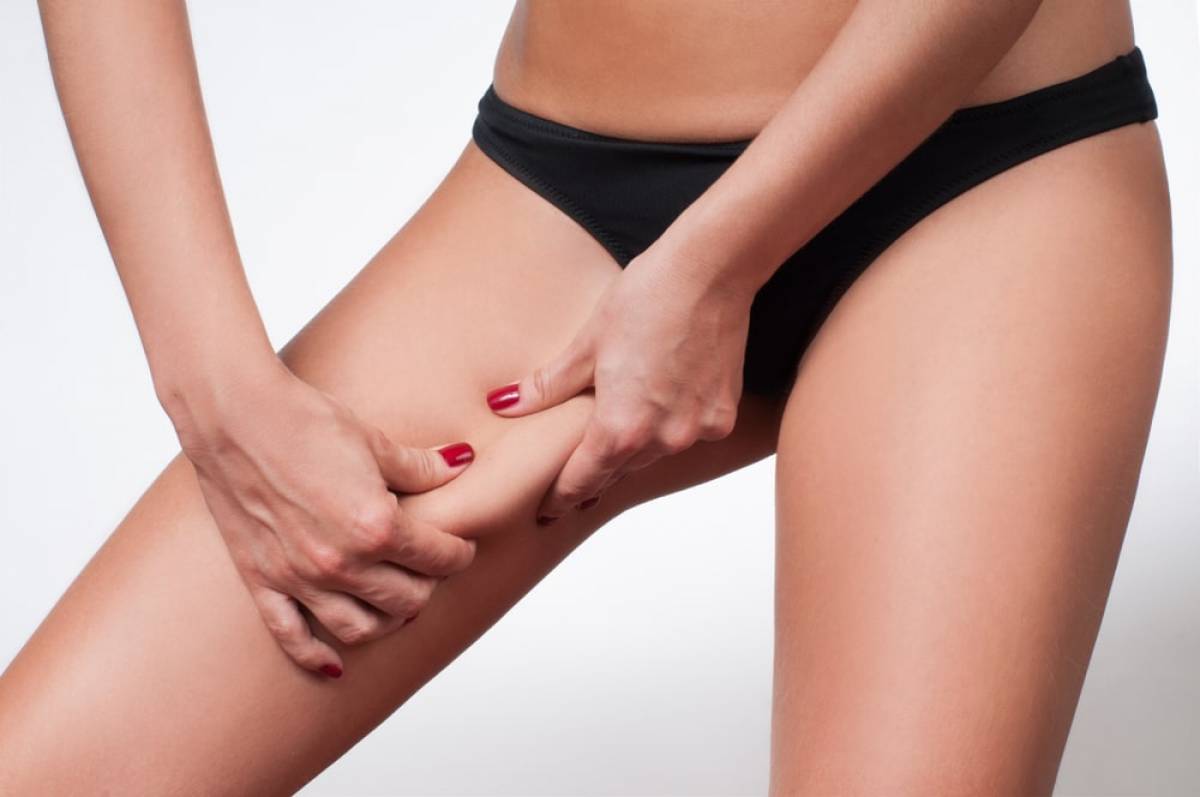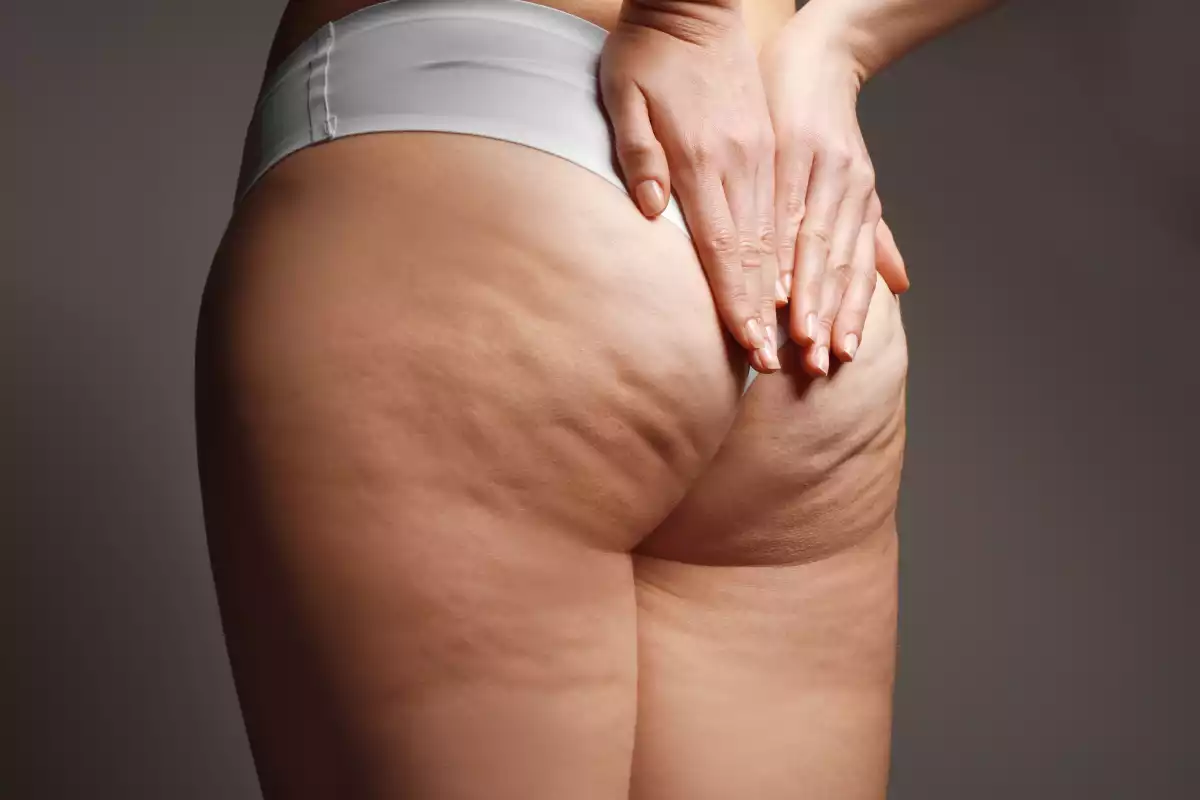
Belly fat
Belly Fat
Belly Fat
Sedentary life, poor diet, lack of physical activity, age, genes make jeans not button around the waist from belly fat.
The problem with belly fat is visible, but it's not just cosmetic. It becomes much more serious when it is located deeper in the abdomen and surrounds vital organs such as the liver, intestines and stomach.
The two types of belly fat are:
- Subcutaneous fat, which is located under the skin.
- Visceral fat located deeper in the abdomen.
Increased visceral fat is blamed for serious health problems, such as:
- Cardiovascular diseases
- Type 2 diabetes
- Arterial hypertension
- Abnormal cholesterol
- Respiratory problems
At the same time, fat is even linked to the possibility of early death.
Measuring Belly Fat
Measuring Belly Fat
The tape measure around the waist can give us an indication of whether the accumulated belly fat is dangerous to our health.
Speaking with numbers, the circumference of a man's waist should not exceed 102 cm in order not to be considered dangerous for his health, while for a woman the corresponding figure is 89 cm.
How to get rid of Belly Fat
How to get rid of Belly Fat
Changes in our daily life and more specifically in diet and regular exercise can be the first step in dealing with and limiting belly fat.
The balanced healthy diet combined with moderate intensity systematic exercise can become a new completely beneficial routine in our daily life, gradually reducing belly fat.
At the same time, Facemed Clinic offers a series of non-invasive to minimally invasive treatments, which definitively deal with the problem of subcutaneous belly fat that persists, such as Mesotherapy, body sculpting with Bodytite and mini Liposuction Microlipo.
Frequent Questions
Does stress affect belly fat accumulation?
Stress releases cortisol, a hormone that, according to scientific research, is linked to belly fat.
How to burn belly fat?
How to burn belly fat?
Losing belly fat takes a lot of effort, patience and persistence. In general, reducing your calorie intake and exercising regularly can reduce belly fat.
Does alcohol affect the accumulation of visceral fat in the body?
Does alcohol affect the accumulation of visceral fat in the body?
Yes. Research has shown that heavy drinkers have more visceral fat than occasional drinkers.




